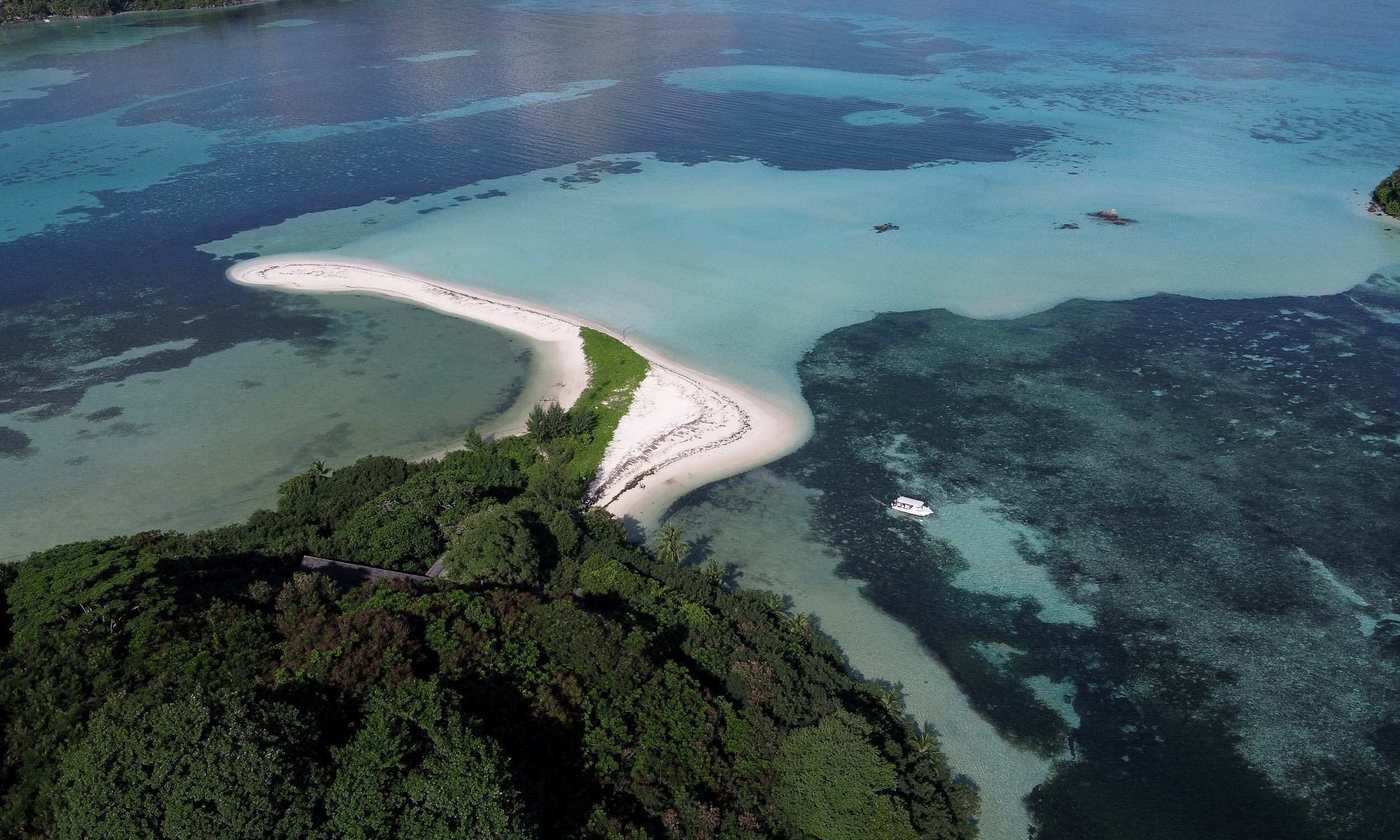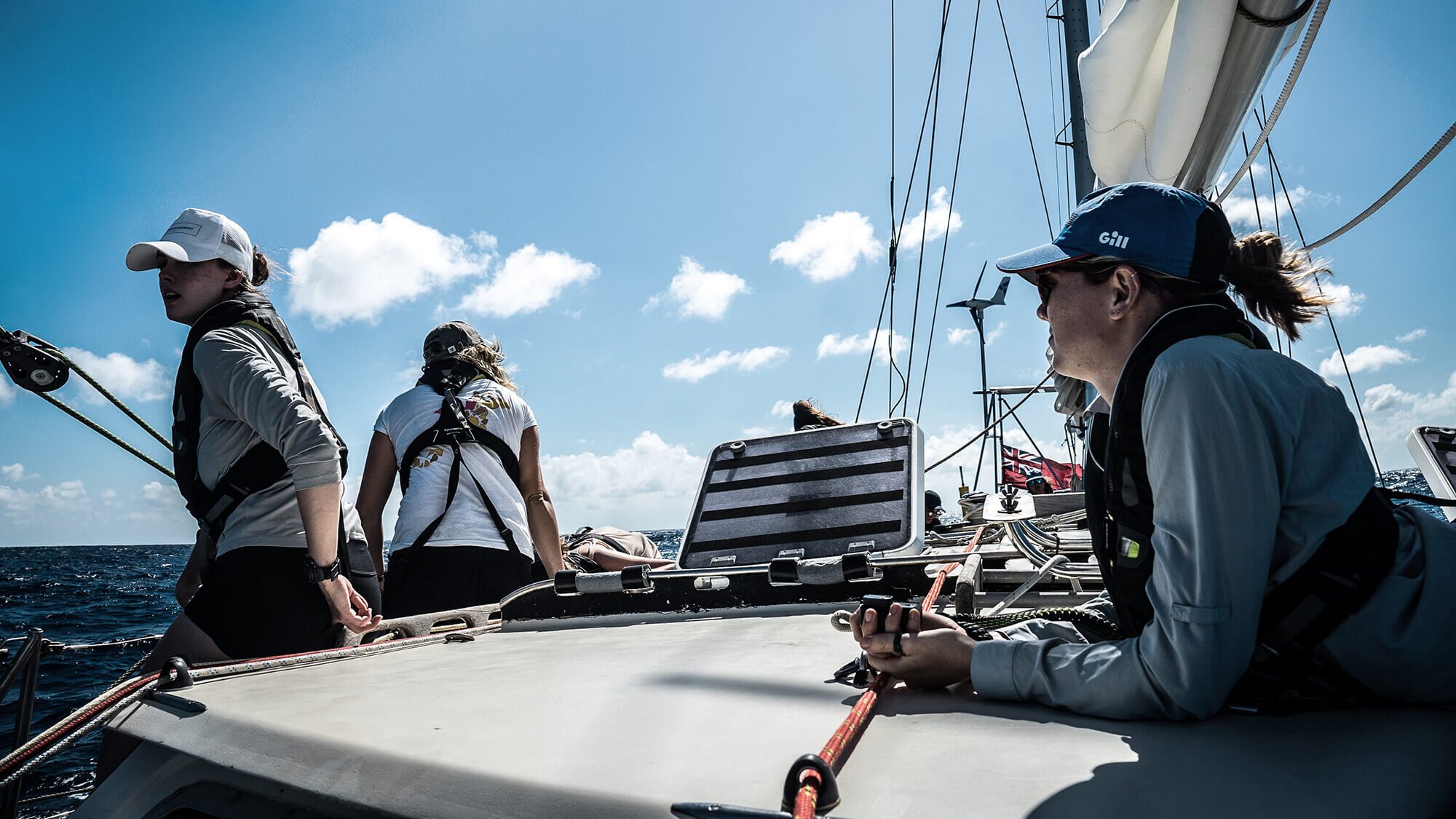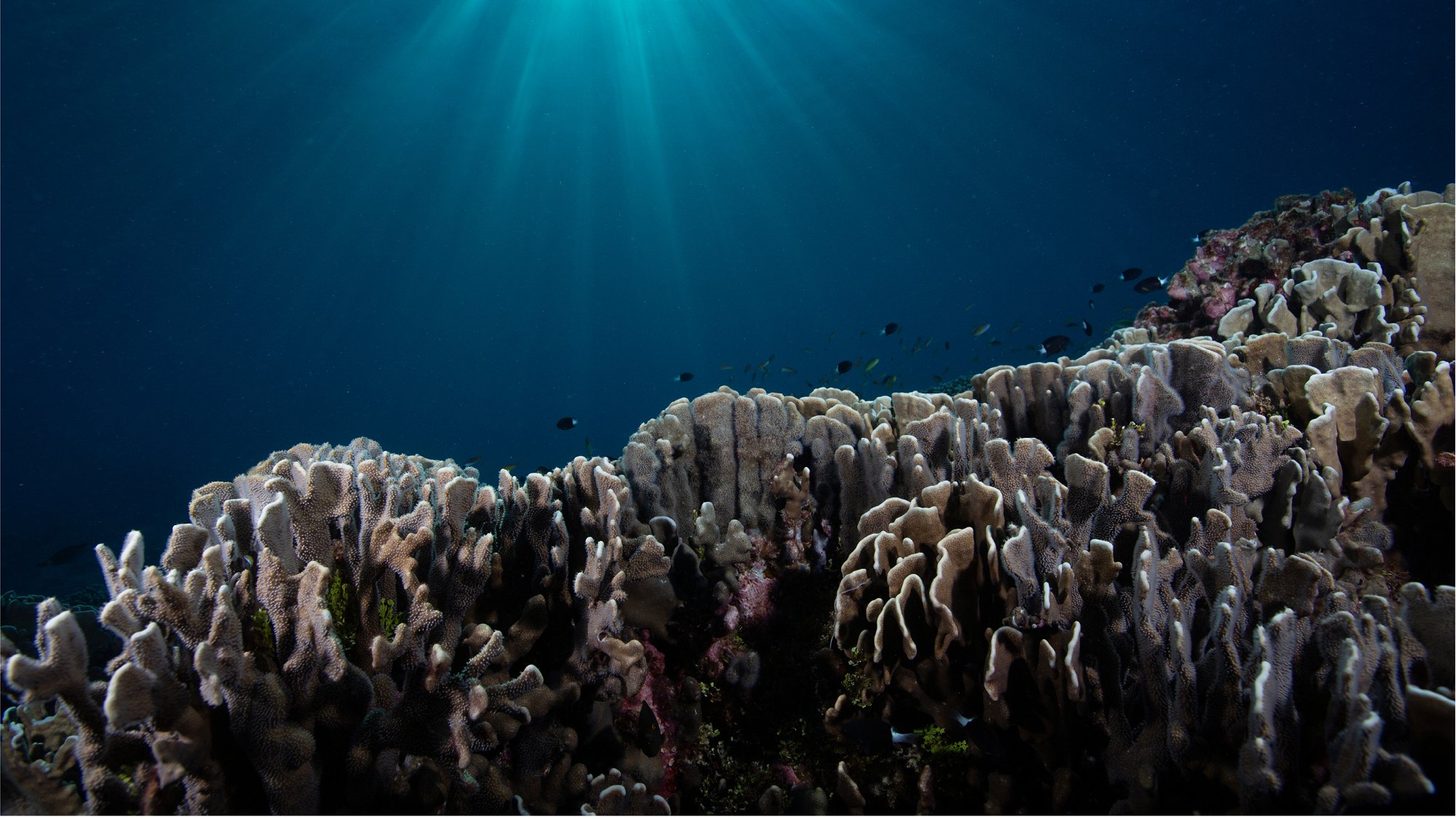Science vs Plastic: Nurdles
Parley Mexico is joining forces with researchers at the University of Texas at Austin Marine Science Institute to help track nurdles — tiny plastic pellets at the heart of the global plastic trade. We caught with project lead Jace Tunnell to find out more
What are nurdles?
Nurdles are lentil-sized plastic pellets that are made as the raw material for almost everything plastic. After the pellets are made, they are shipped around the world to factories that melt them down to form plastic products. Nurdles can be made of polyethylene, polypropylene, polystyrene, polyvinyl chloride, and others.
Do they sink or float – and does this vary?
Nurdles come in a variety of densities. Depending on the density of the pellets, they will sink or float depending on if they are in freshwater or saltwater. Most of the pellets being found on beaches are low density polyethylene, polystyrene, and some polypropylene.
How come so many of them end up in the ocean?
Due to their small size and buoyancy, nurdles are hard to contain during transfer exchanges. Nurdles can enter waterways which can lead to washing up on beaches all over the Gulf of Mexico, and even the world. They have likely been entering our waterways since the 1940s when plastic started being mass produced. The first scientific reports of nurdles washing up on beaches were published in the 1970s.
There are multiple points of transfer which increase the likelihood of release into the natural environment. The most likely transfer points where nurdles get out on the ground include the transfer from a storage hopper to a railcar or truck, during transportation, off-loading at the fabrication plant from railcar or truck, washing down of the railcar or truck, and major rail wrecks or ship containers lost at sea. Once the nurdles are on the ground, rain can wash them to creeks, rivers, bays, and eventually out to sea, before washing ashore on a beach.
Across the Gulf of Mexico, there are various shapes, sizes, and colors of nurdles being collected during surveys – which might suggest that there are both new and old nurdles washing ashore. Major spills could also be contributing to the problem; however, if major spills were to blame, there would be a large portion of the nurdles that look very similar, which in most instances to date, is not the case along the Gulf coast.
Like microbeads, is there any evidence that birds, fish and other marine life mistake them more often for food due to their size and shape?
In the early 1990s, the Environmental Protection Agency identified nurdles as a threat to fish and wildlife. These plastic pellets act like sponges and can absorb toxins like DDT and PCBs. There is growing concern that nurdles may transfer these toxins to marine organisms. This transfer of toxins has been hard to tease out and what little microplastics research that has been conducted to date provides conflicting evidence on toxin impacts. The direct negative impacts of nurdles on marine life need additional research, but there is substantial evidence of the amount of nurdle pollution and the ingestion of microplastics by marine life.
Tell us a bit about your program and what you’re hoping to learn.
The Mission-Aransas National Estuarine Research Reserve at The University of Texas Marine Science Institute is analyzing the presence of nurdles washing up on the bays and beaches of the Gulf of Mexico with a new citizen science project called Nurdle Patrol. Since November 2018, approximately 500 volunteers from around the Gulf have been conducting 10-minute surveys at their local beaches to help identify concentrations of nurdles. The range of nurdles found stretches from the Dry Tortugas in Florida to the Caribbean of Mexico, including Cozumel and Tulum. These data are then placed on maps to show concentrations of nurdles. We are looking to gather information about where nurdles are located across the Gulf of Mexico, remove the nurdles from the environment, and create an awareness about the nurdle issue.
How will having data from Mexico help?
The Gulf of Mexico is comprised of three countries, the United States, Mexico, and Cuba. Without nurdle data from Mexico, we would have an incomplete picture of the nurdle issue. Another benefit is to show international collaboration with fellow researchers in different countries, which amplifies the importance of partnerships as well as the scale of the nurdle problem.
What have you discovered so far?
To date, the dataset of over 1,800 surveys at over 1,000 sites indicates the highest concentrations of nurdles found in the bay systems of Galveston and Lavaca Bays of Texas. The maps created from the citizen science data cover almost every accessible beach in the U.S. Gulf of Mexico and many beaches in Mexico, showing where highest concentrations of nurdles can be found. These areas suggest regions where regulatory agencies could target investigations on pollution sources of pellets. Some other key findings include pellets in high numbers found along railroads that have fallen out of railcars during transportation, and very few nurdles found along the western shore of Florida.
Does plastic pollution affect you in a personal way, or do you try to keep neutral and scientific about it?
Personally, I refuse and reduce the use of plastic where possible in my personal life, as well as the workplace. For Nurdle Patrol, we stay neutral in that we are the ones collecting nurdle concentration data to give to federal and state agencies so that they can better protect our waterways through investigation and eventual regulation. Nurdle Patrol does not name manufactures, transporters, distributors, or plastic fabricators, and believe that is the job of the regulatory agencies.
Are you hopeful we can overcome the plastic issue and other threats to the oceans in time?
The loss of plastic pellets to the environment is 100% preventable. I am hopeful that the data collected through Nurdle Patrol will be used by regulatory agencies to make tighter regulations on the handling of pellets and stricter stormwater permits for manufacturing facilities. On a broader plastic scale, I think the awareness of single use plastic has increased to a level that cannot be denied as a problem, and that the first step is reducing the use of single use plastics. I do believe this is achievable through public demanding changes and strong regulations allowing cities, states, and countries to ban the use of single use plastics.
Do you have a favourite sea creature?
I’ve always thought the sea hare was one of the coolest animals in the ocean.








